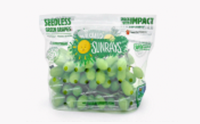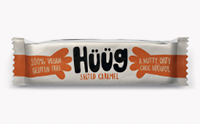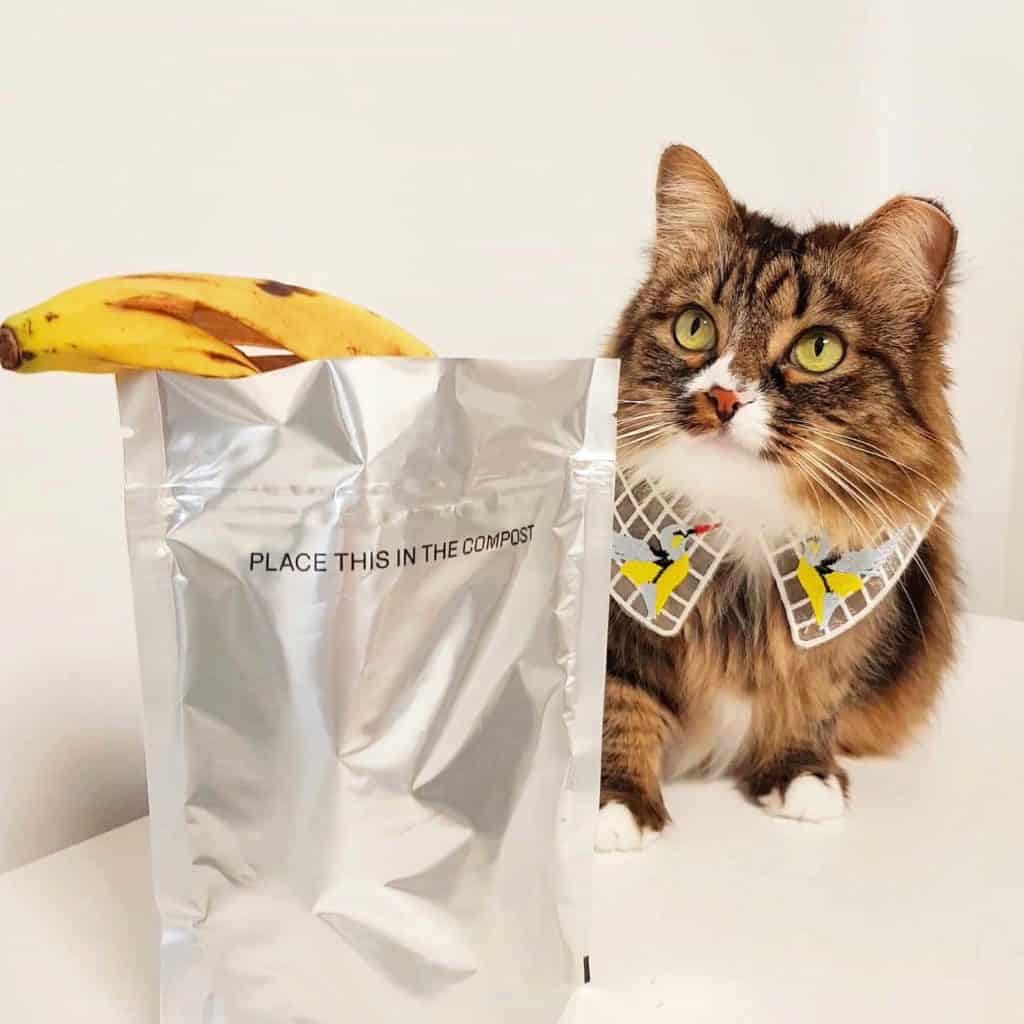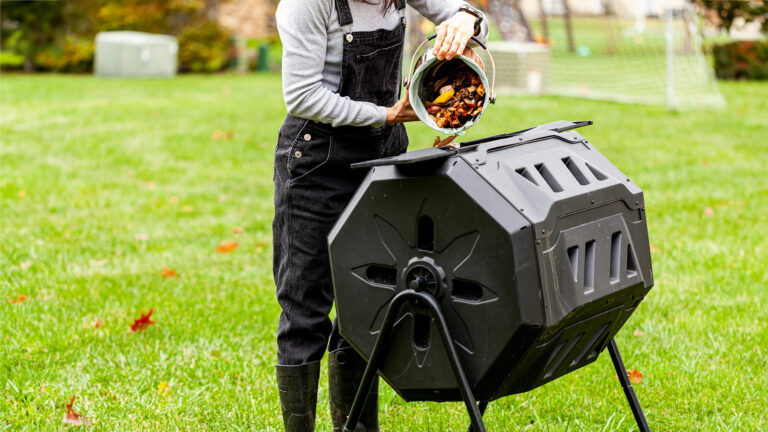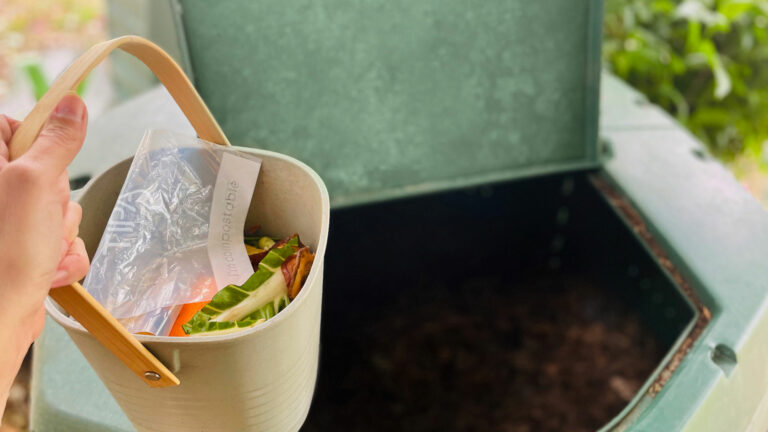Written by Avital Levy, TIPA Marketing Associate & Cat-Mom
Did you ever here about green pets?
Pets offer us unconditional love and companionship, which can tremendously enrich our lives. But did you know, just like their human companions, pets can leave a high ecological footprint, or, in this case, a pawprint. Currently, there are almost half a billion dogs and another 373 million cats kept as pets worldwide. Pet ownership continues to grow, and so does its toll on the environment. Last year, Australia‘s former energy and resources minister even proposed a carbon tax for pets. There are lots of great ways to reduce the amount of pet-related greenhouse emissions and, possibly, make our pets happier and healthier along the way. The way to “green pets“.
Adopt
If you are looking for a new four-legged family member, consider adopting from a local shelter or rescue rather than buying from a breeder or a pet store. Thousands of healthy animals end up in shelters every day, and many of them are euthanized if they aren’t adopted quickly. Whatever your pet preferences are, you are likely to find your perfect match in a shelter.
Transporting pets over long distances leads to an increased environmental footprint. Thus, when looking for a new furry friend, try searching locally. If you are based in North America, you can use Pet Finder to discover your four-legged match from over 11,000 animal shelters and adoption organizations across the US, Canada, and Mexico. Not to mention social media, which is another great way to find a pet.
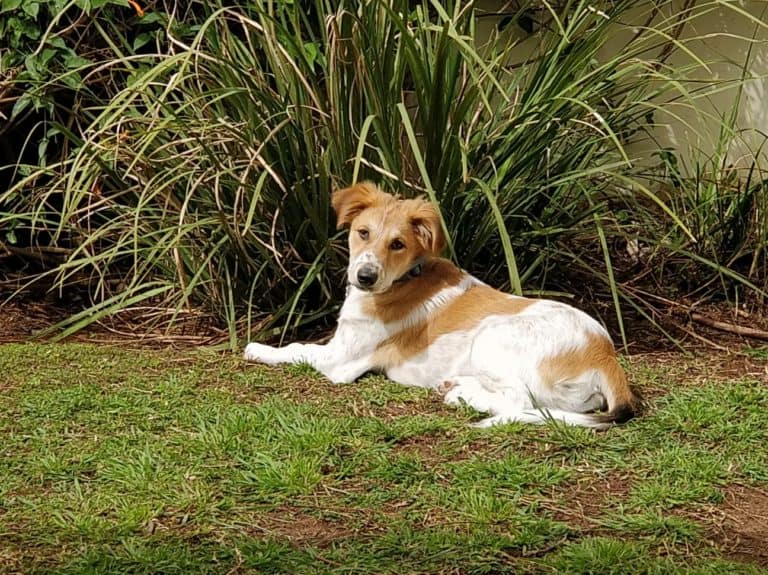
Spay is the Way
Once you adopt a pet and it reaches an appropriate age, make sure to spay or neuter it for a number of health and environmental benefits. Spaying female dogs and cats at an early age helps prevent breast cancer, uterine infection, and other health issues, while neutering male dogs and cats eliminates the risk of developing testicular cancer.
Besides health benefits, fixing house pets, as well as street dogs and cats, helps reduce overpopulation and conserve resources. Thus, spaying and neutering is good for your pet, for you, and for the entire community.
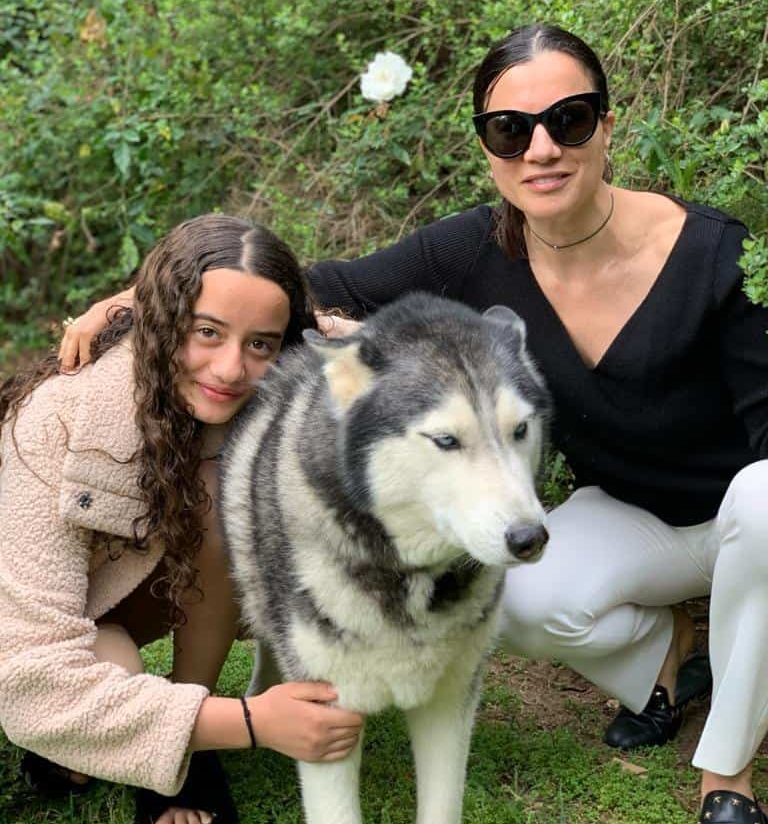
Choose Sustainably, Buy Locally
Just like their human companions, pets benefit from a healthy and balanced diet. For cats, this means a high-protein diet. Since cats are obligate carnivores, they have a higher protein requirement than many other mammals, and a low need for carbohydrates. Hence, they will be the healthiest when fed a substantial amount of meat. It is no secret that meat comes at a high environmental price, but you can reduce a carnivorous diet’s environmental impact by choosing sustainable and local cat food brands.
Dogs, who are omnivores, can be fed fully or partially plant-based food, which is more environmentally friendly than meat meals. Even such global companies as Royal Canin are now offering vegetarian dog food options. If you are interested in making the switch, it is recommended to introduce changes gradually and under the supervision of a veterinary-trained nutritionist.
While it might be tempting to reward your beloved pet with yummy snacks or a bit of extra food, try to follow feeding recommendations provided on the food packaging or by your pet’s vet. Feeding your dog or cat just the right amount of high quality pet food will prevent health problems, such as diabetes, and help save resources.
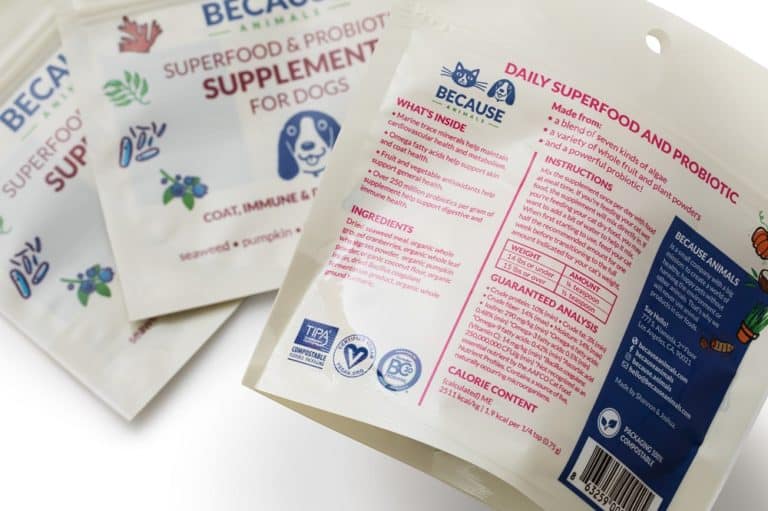
Seek Compostable or Reusable Packaging
When planning your pet’s diet, make sure to pay attention not only to the source of food, but also to the way it is being packed and transported. Similar to the human food industry, most of dry pet food is packed in single-use flexible plastic packaging, which is generally comprised of multilayer films that cannot be recycled. So first, buy in bulk. If you limit the amount of packaging that comes with your food, limit the packaging for your pet’s as well.
Some sustainable pet food brands do not only use eco-friendly ingredients, but also make sure that their packaging is sustainable. For example, our partners, Because Animals, are packing their nutritious pet food supplements in TIPA®’s compostable packaging. Once placed in compost, such packaging fully biodegrades in under 6 months leaving no trace behind. Another option is to bring your own multi-use containers to a pet store and buy loose dry food.
Get Creative with Toys
While it may be tempting to purchase multiple toys and accessories for your furry friend(s), it can be expensive and wasteful to manufacture, pack, and transport these products.
Lots of pet owners will admit that quite often their four-legged buddies, especially cats, do not show much interest in a new fancy toy, a bed, or an outfit, but curl up inside the box these items came with. Indeed, the best toys for cats may be found or created from household items at no extra cost. These can be crumpled papers, yarn balls, bottle caps, and even the cardboard tube of a toilet paper roll. You may find more DIY cat toy ideas here.
Dogs, too, can have loads of fun playing with DIY toys. Pick one of these crafty ideas and get creative with un-used household objects! Just make sure to make a distinction between toys and other household items. Otherwise, your buddy may get an idea that anything that looks like a toy in the house can be added to his collection.
If you want to buy pet toys, look for sustainable local companies that use eco-textiles, recycled materials, and other green solutions to manufacture the toys. You can even find pet collars made from ecological materials, such as hemp. And, if you have pet items in a good shape that are no longer needed, your local shelter will always appreciate a donation! It’s a great way to reduce new purchases and reuse valuable materials.
TIPA Marketing Associate Avital Levy tries DIY cat toys for her rescue cat, Anika (@anikathecat on Instagram).
Conclusion to an eco friendly pet
It may be difficult to make an immediate switch towards raising your dog or cat sustainably at all levels.
Small steps are the key here, so try taking one sustainable decision at a time. Once you and your pet get adjusted, move on towards your next sustainability goal. And, most importantly, have fun with your pet along the way. Send us an enquiry here.









